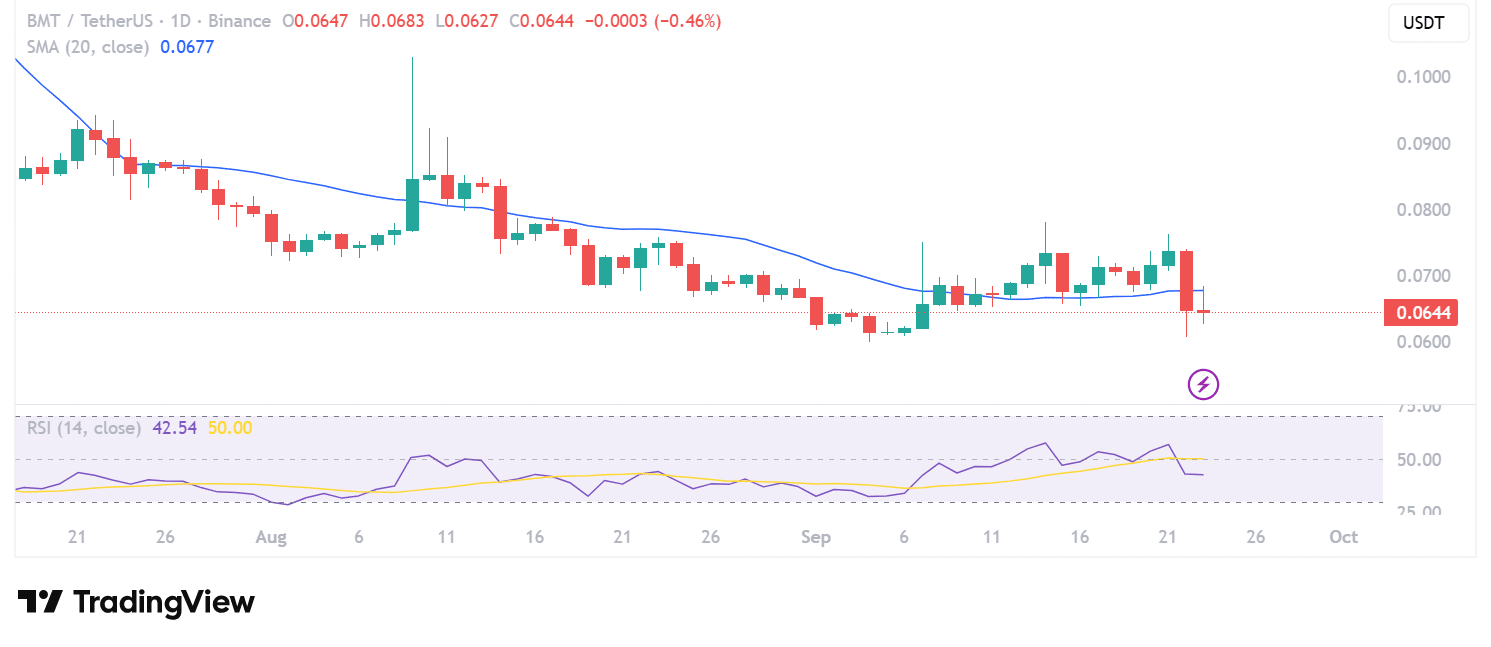Lessons From Baseball To Business
The post Lessons From Baseball To Business appeared on BitcoinEthereumNews.com. Close-up of baseball glove and ball (Photo by Markus Boesch/Getty Images) Getty Images In many ways, managing a baseball team resembles running a business. Baseball teams rely on consistent productivity both on the pitching mound and in the batter’s box during the course of a season, much like business units depend on meeting sales quotas and company objectives throughout the fiscal year. Statistics are recorded and used to measure performance in baseball, just as various financial statements provide progress reports for companies. In business, profit margins are a performance metric that gauges the extent to which businesses are making money, similar to how the number of games a baseball team leads its division by determines its standing. On the field, the parallels between baseball and business continue. For instance, after signing a free-agent center fielder, key performance indicators (KPIs), such as batting average, may be used to evaluate the player’s productivity, indicating an early return on investment from the contractual commitment. Along similar lines, the total income generated by sales associates helps determine their contributions to the bottom line for a company. Both in baseball and business, those in management roles make leadership decisions that impact their teams’ futures. From the dugout, strategic leadership decisions are continuously made, such as in-game tactics to get on base or to get opposing players out, while business leaders often focus on short-term liquidity and long-term market share growth. In each domain, the ability to manage and lead is a prerequisite. What are some similarities and differences between management and leadership? Management Roles Require Leadership Actions The terms leadership and management are often used interchangeably; however, there are important distinctions between the two. On a macro level, leaders create a vision for an organization, define its purpose, establish a mission statement, develop a strategic…

The post Lessons From Baseball To Business appeared on BitcoinEthereumNews.com.
Close-up of baseball glove and ball (Photo by Markus Boesch/Getty Images) Getty Images In many ways, managing a baseball team resembles running a business. Baseball teams rely on consistent productivity both on the pitching mound and in the batter’s box during the course of a season, much like business units depend on meeting sales quotas and company objectives throughout the fiscal year. Statistics are recorded and used to measure performance in baseball, just as various financial statements provide progress reports for companies. In business, profit margins are a performance metric that gauges the extent to which businesses are making money, similar to how the number of games a baseball team leads its division by determines its standing. On the field, the parallels between baseball and business continue. For instance, after signing a free-agent center fielder, key performance indicators (KPIs), such as batting average, may be used to evaluate the player’s productivity, indicating an early return on investment from the contractual commitment. Along similar lines, the total income generated by sales associates helps determine their contributions to the bottom line for a company. Both in baseball and business, those in management roles make leadership decisions that impact their teams’ futures. From the dugout, strategic leadership decisions are continuously made, such as in-game tactics to get on base or to get opposing players out, while business leaders often focus on short-term liquidity and long-term market share growth. In each domain, the ability to manage and lead is a prerequisite. What are some similarities and differences between management and leadership? Management Roles Require Leadership Actions The terms leadership and management are often used interchangeably; however, there are important distinctions between the two. On a macro level, leaders create a vision for an organization, define its purpose, establish a mission statement, develop a strategic…
What's Your Reaction?





































